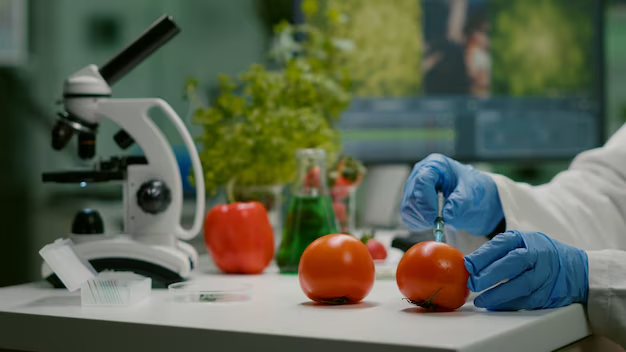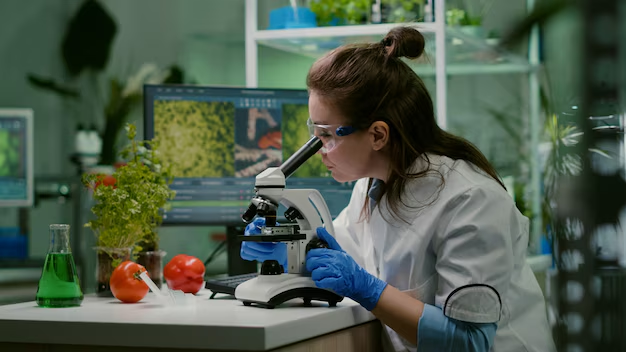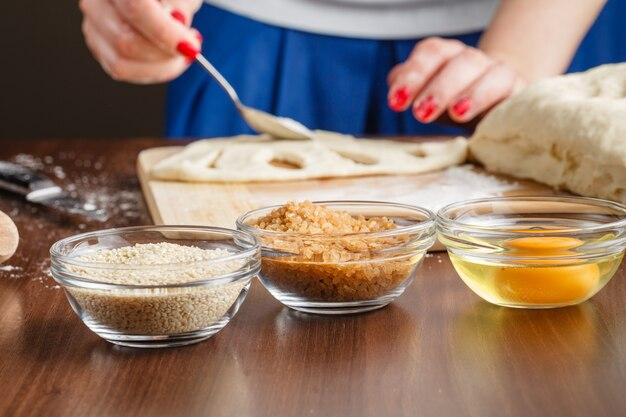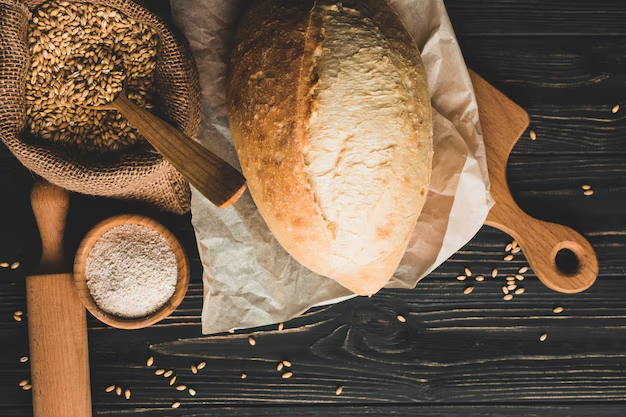Hey there, fellow food enthusiasts! You probably ask yourself how cooking creates the perfect crust on steak and makes cookies achieve their golden color. The science of cooking reveals its secrets to food connoisseurs. I will explain cooking science basics in an easy-to-understand format and make learning enjoyable without lab equipment.
The Magic of Heat
Let’s start with the basics. Heat plays a fundamental role throughout every kitchen like an accomplished chef. Through cooking raw materials become delicious edible foods. People ask why and how heat turns raw substances into delicious foods in cooking. Meat turns tender and mouthwatering when its protein fibers stiffen through heat during searing. During cooking heat turns potato starch into smooth texture.
Though essential heating generates flavor changes mostly from Maillard reaction. Heat darkens the appearance and makes food taste better during preparation. Food changes through heating when it becomes golden in the oven and brown in the roasting pan. When food is properly heated it destroys harmful bacteria to protect your health and avoid food-related diseases. Chicken needs to reach the full stage of cooking to be safe for consumption.
Dry Heat Methods: Bringing the Crunch
Following are the dry heating methods you can adopt:
Roasting and Baking
- The chief cooking approach in these techniques consists of using hot air. These cooking procedures produce a crisp outer layer alongside tender inside portions.
- Pro tip: Always preheat your oven. Preheating before physical activity will lead to greater abilities during your routine and better workout outcomes.
Grilling and Broiling
- Heat sources transfer powerful heat energy to produce delicious burned textures. The food surface develops a delicious rich taste because of direct fire exposure.
- Fun fact: The little black lines on grilled food? They’re not just for show. They’re packed with flavor!
Moist Heat Methods: Keeping Things Juicy
Try these methods for retaining taste in your food:
Boiling and Simmering
- Water passes heat energy effectively. Heating water evenly tenderizes food while keeping soft textures throughout it.
- Kitchen hack: Add a pinch of salt to your pasta water. Adding salt to boiling water modifies the cooking process of pasta starches.
Steaming
- Heat transfer methods through steam preserve natural food quality and taste.
- Heat treatment methods during steaming process better maintain vegetable vitamins and flavors than boiling methods do. Plus, they taste better!
The Science of Flavor Development
Our next section dives into what occurs to food tastes during the heating stage.
- Sugar turns into caramel when it is heated. Onions gain their sweet-cherry taste when heated in the cooking process.
- The Maillard reaction forms most of the flavor transformation. The energy of heat brings sugar and protein into a chemical interaction. Cooking at high temperatures produces delicious tastes that enhance grilled meats and baked bread as well as roasted coffee beans.
Cooking oil spreads taste evenly throughout the entire food. Bacon develops its delicious taste during heat processing.
Putting It All Together

Understanding these explanations makes you prepare food more effectively. For example:
- You can prepare steak that stays wet inside but develops glorious crunchy crust. Start by heating a cooking pan at extreme temperature then move it to a lower oven temperature to finish cooking while browning the food surface.
- Craving crispy roast potatoes? cook partially cooked potatoes before frying them in hot oil. Potato edges will soften better under intense heat during boiling.
- Individuals who desire rich stew flavor must attempt this preparation technique. Your first task is to brown the meat before putting in cooking liquids. Your meal will develop new flavors because of the Maillard reaction.
Conclusion
Cooks should approach their culinary actions as testing methods and entertaining procedures. Your basic cooking knowledge enables testing various preparation methods to your liking. Who knows? You may find your best cooking creation yet. You now have the knowledge to start practicing. Open our recipe collection now and learn professional cooking techniques from the start.
Ready to put your new knowledge to the test? Explore our treasure trove of recipes and start cooking like a pro today!



